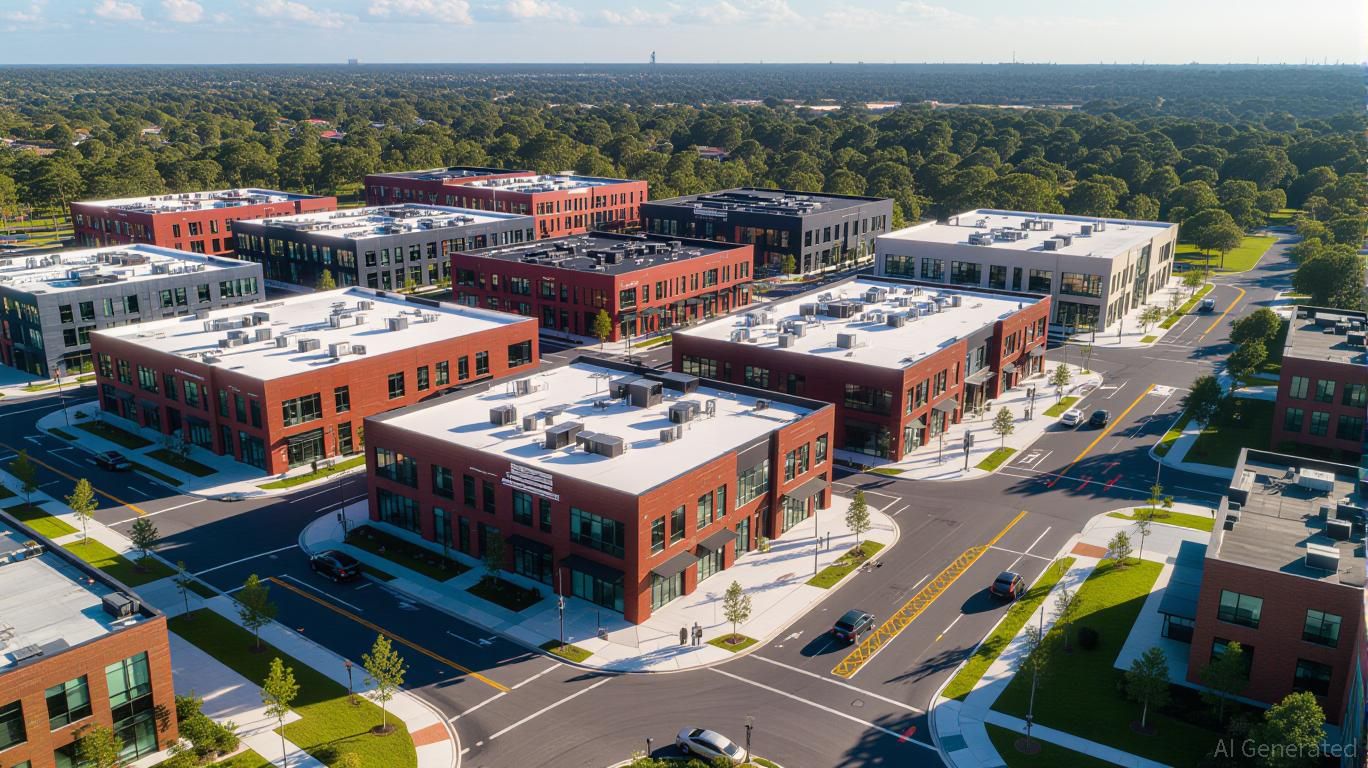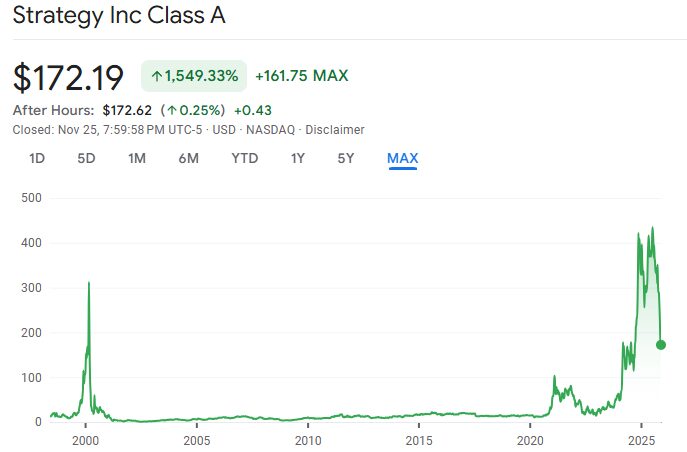Unlocking Potential in Industrial Properties: The Revitalization of Xerox Webster Campus
- Xerox Webster Campus in NY transforms 300-acre brownfield into industrial hub via $9.8M infrastructure upgrades and public-private partnerships. - State-funded projects including road improvements and sewer expansions unlock 1M sq ft of modern industrial space for manufacturing and tech sectors. - Governor Hochul's "sustainable ecosystem" strategy aligns with infrastructure-driven development, attracting semiconductor and renewable energy industries. - Shovel-ready model reduces construction risks, offer
A Framework for Infrastructure-Driven Expansion
Central to the Xerox Webster Campus redevelopment is a $9.8 million FAST NY grant, which has

Scaling Up Through Public-Private Partnerships
The Xerox Webster Campus illustrates how public-private partnerships (PPPs) can help manage risks in large-scale industrial developments. By blending government and private funding, the project overcomes many of the financial and regulatory challenges typical of brownfield projects. For example, the $500,000 federal grant for the Community Access Project shows how
This approach is especially relevant in the current industrial property market. According to a 2025 Clarion Partners report,
Investment Opportunities in Ready-to-Build Markets
The Xerox Webster Campus is part of a broader trend. From 2023 to 2025, industrial real estate investment has increasingly focused on returns tied to infrastructure. While short-term obstacles like softer rents and economic uncertainty remain,
Developers are shifting toward smaller, multi-tenant buildings that provide more stable cash flow and reduce the risks of single-tenant properties
Meanwhile, private equity groups are expanding into infrastructure and private credit to achieve distinct returns
Wider Lessons for Industrial Real Estate
The Xerox Webster Campus redevelopment also demonstrates the value of municipal adjustments in unlocking potential. By updating land use classifications and simplifying permitting, local authorities can speed up industrial growth in areas that have been underutilized. This is especially significant in regions like the Sunbelt and Midwest, where
For REITs and private equity, the message is clear: infrastructure-led development is now a mainstream approach. Clarion Partners points out that
Conclusion
The Xerox Webster Campus redevelopment is more than just a local achievement—it reflects the broader transformation of the industrial real estate sector. By integrating infrastructure upgrades, public-private partnerships, and innovative design, the project shows how industrial properties can be repositioned to address the needs of a post-pandemic economy. For developers, REITs, and private equity, the main lesson is clear: in a time of supply chain shifts and the rise of e-commerce logistics, the best opportunities are found where infrastructure investment and strategic planning intersect.
Disclaimer: The content of this article solely reflects the author's opinion and does not represent the platform in any capacity. This article is not intended to serve as a reference for making investment decisions.
You may also like
Bitcoin Updates: Bitcoin Approaches $90k Amidst Economic Challenges as Institutions Seek Protection and Projects Drive Innovation
- Bitcoin surged past $90,000 in Nov 2025 amid JPMorgan's Bitcoin-backed structured notes tied to BlackRock's ETF, signaling institutional adoption. - Bitcoin Munari's $0.10-$3.00 presale with 21M fixed supply and Solana deployment highlights innovation in digital asset scarcity models. - Analysts remain divided on Bitcoin's trajectory, with $80,000 support level critical for avoiding further declines toward $75,000. - JPMorgan's leveraged ETF-linked notes (up to 16% returns) demonstrate institutional risk
The ZK Protocol Boom: Unveiling the Driving Force Behind the Latest Surge
- ZK Protocol's 2025 market surge reflects $28B TVL and 43,000 TPS scalability, driven by zero-knowledge proofs (ZKPs) addressing blockchain's scalability-privacy tradeoff. - Institutional adoption by Goldman Sachs and Deutsche Bank highlights ZK's role in compliance frameworks, with StarkNet's 200% Q4 TVL growth and 70% gas fee reductions. - Regulatory alignment emerges as key strength, with ZK-based solutions enabling EU DSA compliance and CISA-mandated data integrity through cryptographic verification t

Is DAT Boom Collapsing? All Eyes on MSCI’s Deadline

Bitcoin Updates: Senate Decision on Crypto Approaches While ETFs Lose $3.5B and Market Liquidity Declines
- A $101M crypto futures liquidation in October triggered a 30% Bitcoin price drop, marking the largest single-day selloff since 2022 amid ETF outflows and macroeconomic uncertainty. - $3.5B in November ETF redemptions and $4.6B stablecoin outflows highlight liquidity tightening, while leveraged traders face heightened volatility risks as retail investors retreat. - The U.S. Senate's upcoming crypto market structure bill could redefine regulatory clarity, potentially attracting institutional investment if
